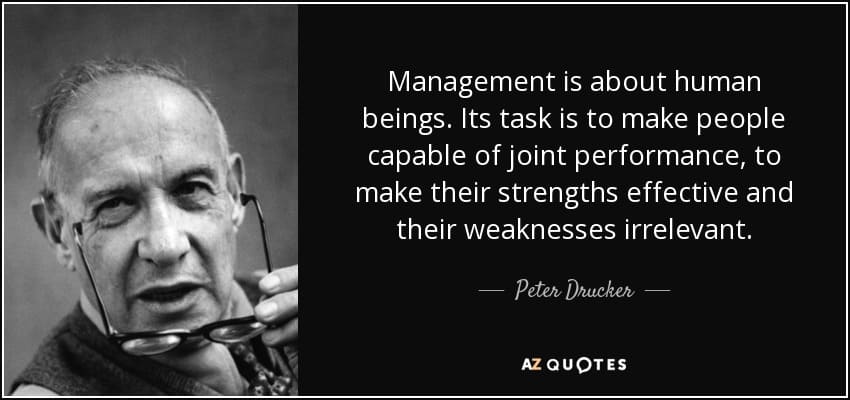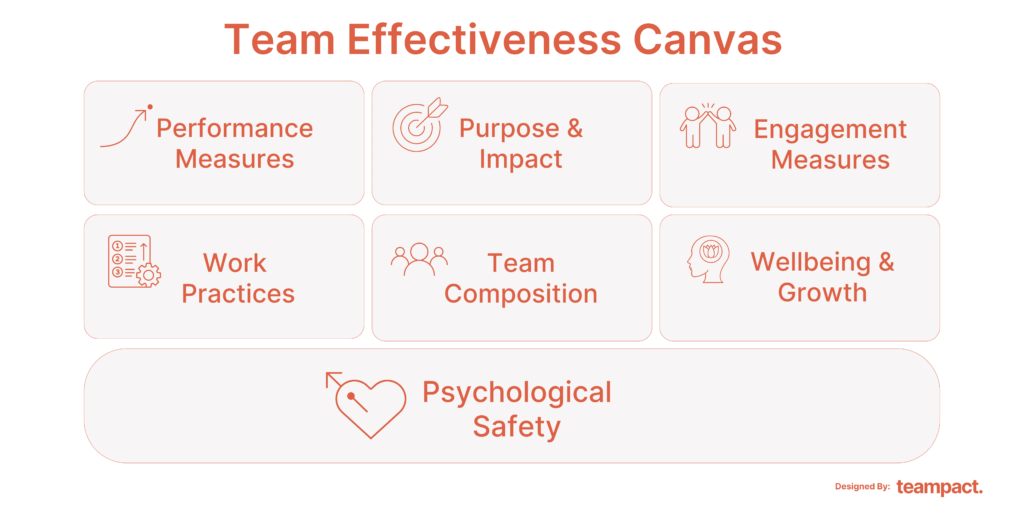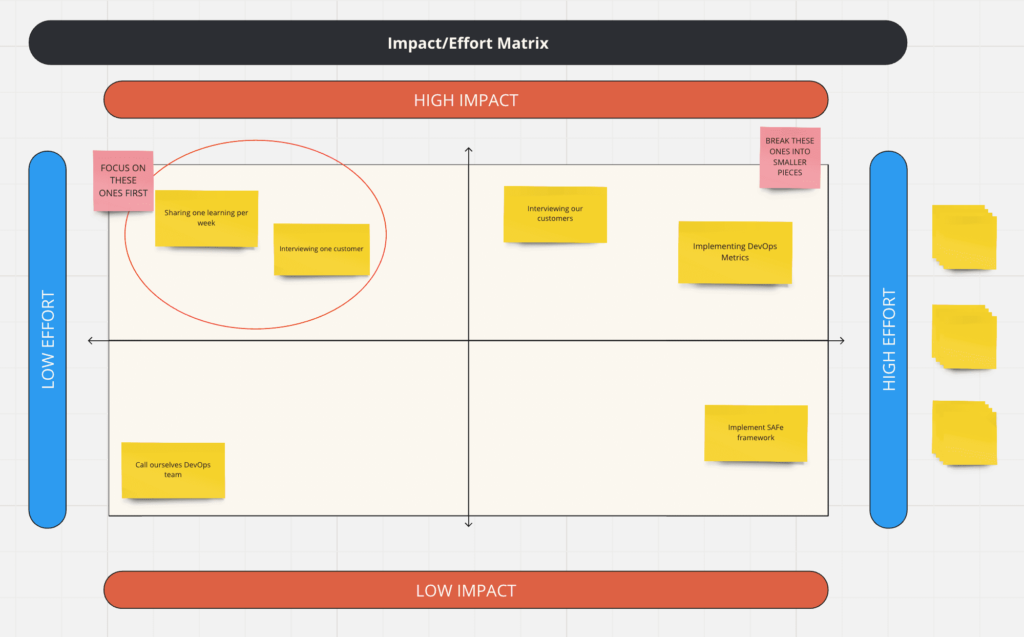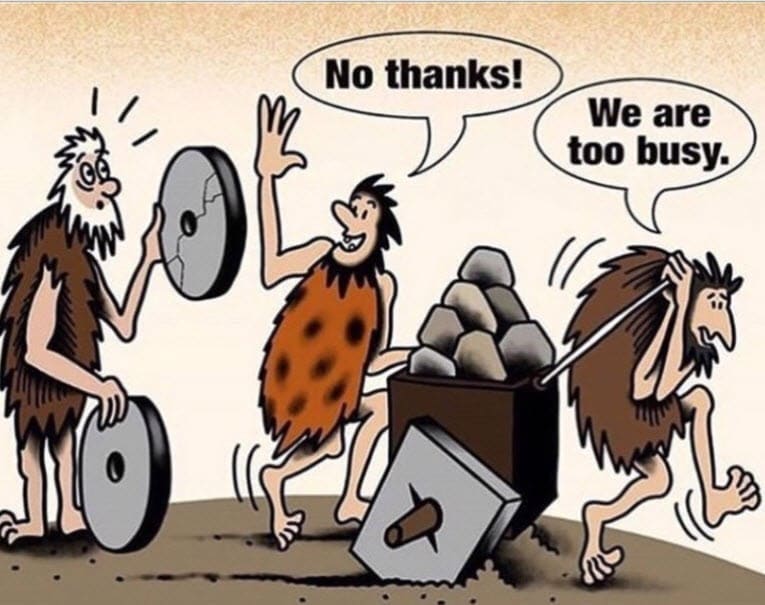Ready to take your team to the next level?
Let’s start with Peter Drucker’s quote, his pioneering ideas have reshaped modern business, promoting a practical and ethical approach adopted worldwide.

As the 20th century dawned, industrial factories became more efficiency through specialization and process optimization.
However, the legacy of this era, rooted in controlling tasks and overlooking the human element, is being rapidly replaced by a new paradigm.
In our 21st-century landscape, characterized by automation and digital innovation, the emphasis has shifted from repetitive tasks to complex problem-solving and creativity.
Today’s leaders recognize that success hinges not only on technology but also on nurturing human potential and fostering collaboration.
Today, we’ll delve into the evolving role of leadership in maximizing team effectiveness. Gone are the days of rigid control; instead, leaders must navigate a delicate balance between empowering their teams and providing strategic guidance.
Drawing from the wisdom of contemporary thought leaders and acknowledging the challenges of transitioning from traditional management styles, we’ll outline six essential steps for leaders to start their journey towards high-performing teams in the modern era.
Today you will learn:
- 6 steps to start your journey towards high effectiveness with your team
- the importance of understanding your why for the journey
- different ways to describe your as-is and to-be state
- various methods on how to engage the team
STEP 1. Understand where you are right now
A) Reflect as a Leader about your context
Consider your context. Understand your motivation for evaluating your team’s effectiveness and the leadership style required for success. Ask yourself:
- What is the importance of delivering high-quality products promptly to satisfy customer needs, especially in a competitive market?
- How crucial is retaining top team members, and what are the consequences of constant turnover?
- Which leadership approach – authoritative or empowering with guidance – will best serve your team’s future success? Consider the advantages and drawbacks of each.
Share your insights with your team to foster understanding and collective commitment.
B) Understand your team’s productivity and engagement
If you have metrics already, awesome!
If not, you can run our Team Effectiveness Quiz to get your first impression or ask yourself the following questions.
For team productivity:
- How many customers/ users recommending the team’s products / services to their friends?
- How often does the team deliver what it committed?
- How satisfied are the customers/stakeholders with the time of delivery of the team?
For team engagement:
- How many team members could recommend being part of this team to their friends?
- How often are team members are leaving the team?
- How often are team members building on each other’s ideas and helping each other to unblock?
C) Verify your assumptions with others
To ensure objectivity, seek input from team members and users of your team’s solutions.
Interview customers/ users, asking them following questions:
- How likely are you to recommend our product/ service to a friend or colleague? What are you missing? What do you like the most?
- How satisfied are you with the experience with us?
Organize a team reflection session about productivity and engagement:
- Explain your why for seeking team effectiveness
- Explain session goals and importance of team input
- Provide time for individual reflection using questions about productivity & engagement from the previous point.
- Facilitate group discussion, comparing perspectives and seeking agreement on productivity and engagement levels. If you see there is a lot of disagreements, seek for facts and examples.
For more structured visualization and discussion about as-is state use our Team Effectiveness Canvas.
STEP 2. Visualise where you wanna be
A) share your desire for team success with your team
Envision your ideal team from the future: imagine its productivity, engagement, and dynamics. Ask yourself the questions:
- How productive is your team? How do you know that?
- How engaged are your team members? What tells you that they are engaged? How are you measuring it?
- How does everyone feel and behave? How do you feel?
- How your customers feel and behave? What do they say about the team?
Other ways to reflect about your future state:
- Check the same questions that you used to assess your current state. What answer do you want to have in the future?
- Use Team Effectiveness Canvas to draw your future team.
Create a story that you are excited about and share it with the team at the beginning of the reflection session.
B) add your team members perspective
Engage your teammates to align visions and enhance collective ownership. Allow space for individual reflections:
- What aspects of the leader’s vision resonate with you?
- What would you add to make it more clear and exciting?
Have a sharing sessions to build the future picture together.
You can use Team Effectiveness Canvas to build the future picture.

STEP 3. Compare current and future states
The best will be to have comparable visuals showing current and future, for example:
- Team Effectiveness Canvas current and future one
- Postcard from now and from the future
- Answers for the Productivity & Engagement questions based on the current state and as you want them for the future state
Check together:
- where are the biggest differences,
- what would be the most important to adjust first
Choose one aspect to focus on, e.g. measuring productiveness, measuring engagement, improving psychological safety in the team.
STEP 4. Brainstorm ideas and choose one
A) brainstorm ideas
Brainstorm ways to enhance the chosen aspect. The ideas can range from technical solutions like implementing specific metrics to behavioral strategies like agreeing on respectful feedback mechanisms.
b) choose one small idea to start
Review all ideas together to identify small, impactful ones to start with. Prioritize using a simple matrix for quick categorization. Selecting one small idea now fosters motivation and progress without dismissing other ideas for future implementation.

STEP 5. Embed the actions in your plans
Many great ideas are killed when they crush reality.
Thus, as a team, you should ask yourselves:
- How will you create the capacity to make this experiment run?
- To ensure this improvement can be implemented, what will we deprioritize?
This reflection will help you as well realise how important the effectiveness is for you and what priority you want to give it.
Just have in mind, this picture when you are doing it 🙂

STEP 6. Reflect, Learn, Repeat.
You’ve identified what to improve and how, ensuring you have the capacity for it. Now, it’s time to see if your experiment produced the desired change.
If it did, congratulations on the improvement! If not, congratulations on the team’s new learning!
Regular reflection sessions are invaluable, providing thinking space amid busy days and fostering a crucial habit for achieving high effectiveness.
In summary
Empowered teams are “given a problem to solve, rather than solutions to build, and, most importantly, are held accountable for the results” – Marty Cagan
Therefore balancing the focus on guiding the delivery with engaging the people is crucial for creating hyper effective teams.
To start the journey for high effectiveness, use these steps:
- Understand where you are right now.
- Visualise where you want to be.
- Compare the as-is and to-be. Choose one aspect to improve.
- Brainstorm how to improve the chosen aspect.
- Choose one small but impactful idea.
- Embed your experiment in your plan. Create capacity.
- Check if it worked. Learn. Reflect. Experiment further.
Supporting tools:
- Anonymous Team Survey
- Facilitated Brainstorming & Sharing Sessions
- Team Effectiveness Canvas
- Team Effectiveness Quiz
Do you have your next step?
Do you have your one action for this month?
If not, just start with your own reflection or ask your team members and customers the questions related to productivity and engagement.

